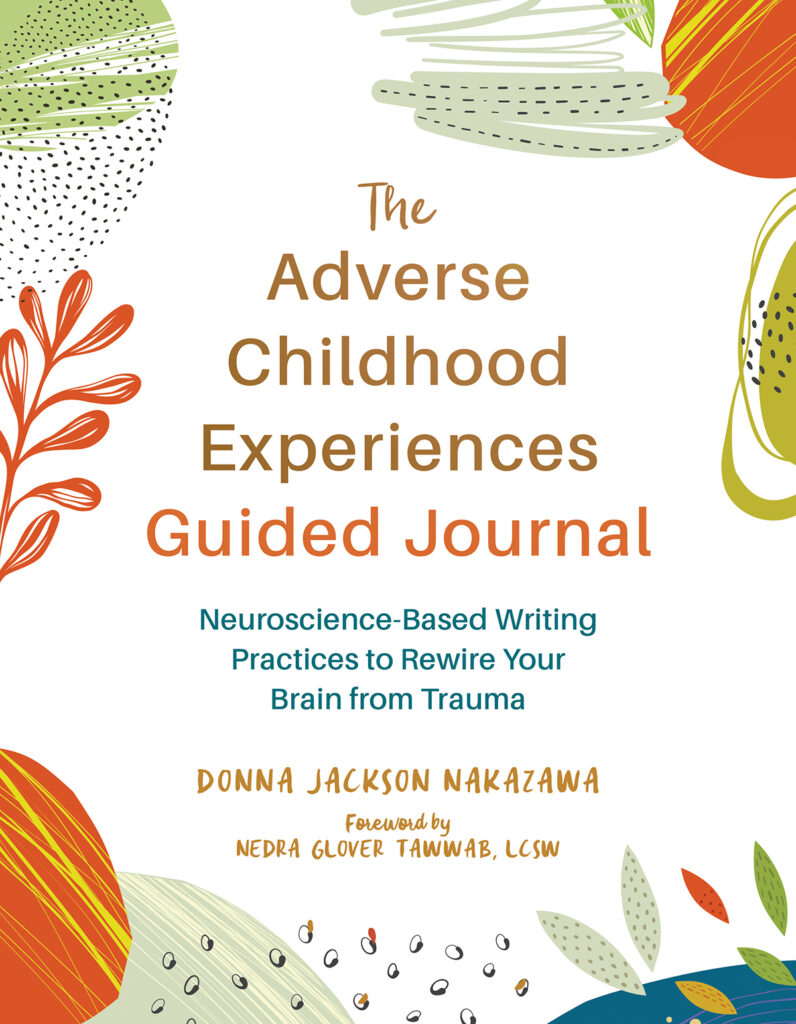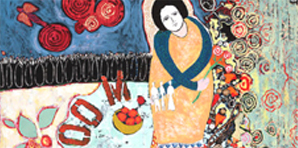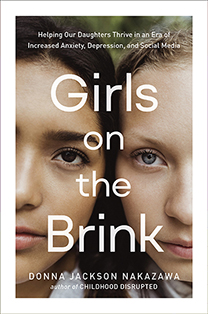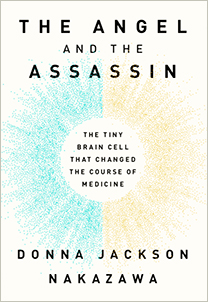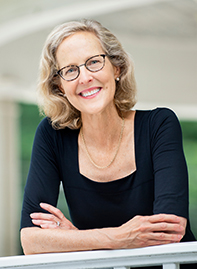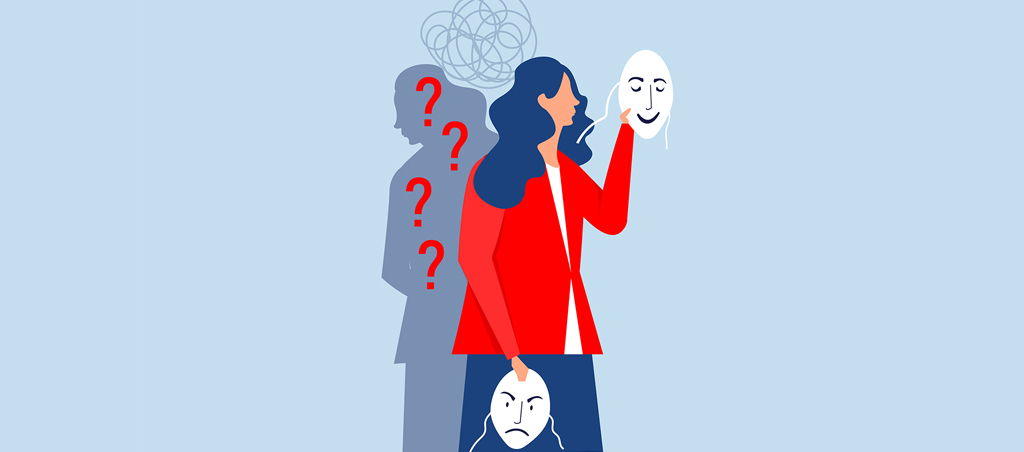As I started my quest for The Last Best Cure, I interviewed neuroscientists and pioneers in the brain-body field in hopes of learning everything I could about how we can search for joy despite a persistent history of pain, loss or illness.
We know that stress, pain, fear and fatigue — whether they stem from emotional or physical challenges — break down our brain, bodies and cellular health:
- Parents who experience the death of a child are twice as likely to develop multiple sclerosis as parents who don’t experience such heartbreak.[i]
- Researchers at the University of California, Irvine, have found that stress hormones hasten the progression of Alzheimer’s.[ii]
- Stressful emotions cause asthmatics to have more severe reactions to allergic irritants.[iii]
- Women who face what researchers call “marital strain,” and who fear voicing their opinions to their husbands, are four times likely to die compared to other married women.[iv]
- Anyone in an unhappy marriage is more likely to experience a heart attack.[v]
- And at Johns Hopkins and the Mayo Clinic, researchers have discovered that sudden emotional stress can cause “broken heart” syndrome, producing symptoms similar to a typical heart attack, including chest pain, fluid in the lungs, shortness of breath and heart failure – especially in women.[vi]
- Worry a lot, fifty years old, and female? You have a greater chance of experiencing severe hot flashes in menopause.[vii]
States of emotional and physical stress do real and lasting damage. But as I set out to write The Last Best Cure one promising new area of research leapt out at me. It’s called “psychoneuroimmunology.” Psychoneuroimmunology is the study of how our mental and emotional state, the very way we think and act, causes shifts in how our immune system functions, affecting, in turn, our cellular health and activity, and even our DNA.
Neurobiologists at the best research institutes across the world were finding stunning new ways to peer inside the body — and show how when we practice specific approaches that change our state of mind, we can activate robust healing responses in the brain, making us not only feel better, but triggering lasting biological changes in our physical bodies and cells. Suddenly, “mind-body research” had taken a quantum leap.
Study after study shows that when we engage in practices that help to redirect our mental state away from anxiety, fear and pain, and toward contentment, joy, and well-being, our levels of inflammatory biomarkers and stress hormones – those linked to a range of diseases including fibromyalgia, digestive illnesses, Alzheimer’s, autoimmune disease, depression, chronic pain and cancer – profoundly decrease. We feel and do better. We enhance our overall physical health and our ability to heal.
If feeling more joy and well-being and feeling better physically are so deeply and inextricably linked, then we owe it to ourselves to seek out strategies to improve our emotional state, and thereby maximize our brain’s own healing response. I wanted to find out everything I could about how our mental and emotional state, the very way we think and act, could impact our ability to heal — and our overall physical health. Not just for myself, but for everyone who suffers from life challenges or chronic conditions — or who simply wants to retain their good health.
Here’s what excites me so much: this is an entirely new way of looking at the mind-body connection. For years, we’ve known how potent the mind-body connection is – but we haven’t been able to peer into the body to see exactly how or why engaging in specific practices can activate healing aspects of the brain and help prevent or relieve suffering.
Now we can. We really can. My quest to find The Last Best Cure has been all about finding out how to do just that — and sharing every strategy I test-drove with you.
Sources:
[i] Neurology. 2004 Mar 9;62(5):726-9. The risk of multiple sclerosis in bereaved parents: A nationwide cohort study in Denmark, Li J Danish Epidemiology Science Centre, Department of Epidemiology and Social Medicine, University of Aarhus, Denmark. jl@soci.au.dk [ii] http://www.eurekalert.org/pub_releases/2006-08/uoc–ssh082906.php# http://www.ncbi.nlm.nih.gov/pubmed/16943563 [iii] Proc Natl Acad Sci USA. 2005 Sep 13;102(37):13319-24. Epub 2005 Sep 2. Neural circuitry underlying the interaction between emotion and asthma symptom exacerbation. Rosenkranz MA, [iv] Eaker, E.D., Sullivan, L.M., Kelly-Hayes, M., D’Agostino, R.B., Sr., and Benjamin, E.J. (2007). Marital status, marital strain and the risk of coronary heart disease or total mortality: The Framingham Offspring Study. Psychosomatic Medicine, 69, 509-513. [v] De Vogli, R., Chandola, T., & Marmot, M. G. (2007). Negative Aspects of Close Relationships and Heart Disease. Archives of Internal Medicine, 167, 1951-1957. [vi] J Cardiovasc Nurs. 2011 Mar 2. Distinguishing a Heart Attack From the “Broken Heart Syndrome” (Takotsubo Cardiomyopathy) Nussinovitch U, Goitein O, Nussinovitch N, Altman A. [vii] Monitor on Psychology, Menopause, the makeover By Tori DeAngelis, March 2010, Vol 41, No. 3. Print version: page 40. Psychologists are helping women sidestep the stereotypes associated with menopause and transform this developmental passage into a vital new phase of life. http://www.apa.org/monitor/2010/03/menopause.aspx
